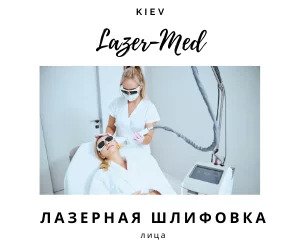Effective treatment for Laser skin tightening
We all age, yet none of us wish to see the signs of aging. Until now, major plastic surgery was the only effective treatment for skin laxity, which adds years to our overall facial appearance. Yet, while we want to maintain a firm, fresh look, today’s busy lifestyles leave little time for post-operative recuperation periods, not to mention the side-effects or prohibitive costs of surgery. Besides, who wants to wait until sagging is so serious that it demands a major surgical procedure? Today, there is a simple, quick, and non-invasive alternative: Skin Tightening 780 nm. Safely and painlessly, this technology tightens loose skin on the face, neck, arms, and abdomen, where sagging skin unattractively points out the passage of time.
This treatment effectively heats the inner-dermis layer of the skin, (without damaging the skin’s surface-epidermis), inducing the formation of collagen that is essential for a firm, young look.
Patients must consult Dr. Macri to determine their course of treatment. Normally six treatments are required for optimum results. Results depend on factors that include age, the target area’s location, and the severity of skin laxity. Patients generally note improvement soon after treatment, while others witness results gradually. Skin Tightening assures safe, effective treatment. Light pulses precisely heat their intended targets, causing no skin damage or discomfort. Patients report little or no pain with pulsed light treatment, and can return to their normal activities immediately. In fact, this can be considered a “lunch time procedure”. Many busy professionals come in for this procedure during their lunch hour. Clinical trials conducted by leading authorities on pulsed light document its safety and effectiveness. While pain tolerance is an individual matter, most people tolerate Skin Tightening treatment well, and describe a sensation of warmth.
Conventional Laser skin tightening methods include topical skin lotions and creams, dermabrasion, chemical peels, and resurfacing lasers. As superficial emulsions cannot fully restore collagen to the skin’s inner layer, they may have limited value if not used in combination with other treatments. Ablative resurfacing, while more effective, may cause swelling and redness. In any case, the prolonged recovery time that often accompanies more dramatic resurfacing may not suit those patients who seek effective skin rejuvenation with minimal downtime and risk. In contrast, pulsed light penetrates and heals your skin’s inner layer without harming its surface. The light tightens, as well as tones and textures your skin. The result: improved overall skin appearance without injury. Patients at times feel a “pulling sensation” during the first few treatments which is the skin and subcutaneous tissue pulling. Over the next three to six months fibroblasts stimulate collagen and elastin to promote new collagen. Maintenance therapy consists of one retreatment every six months for the upkeep of your “tightened skin”!



